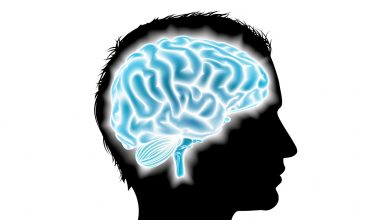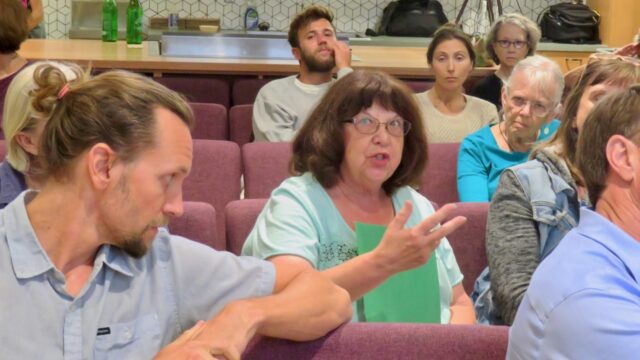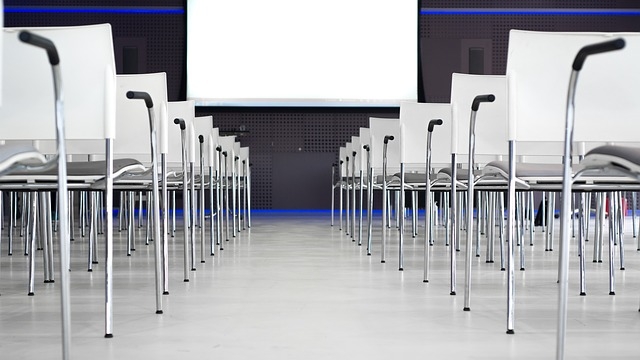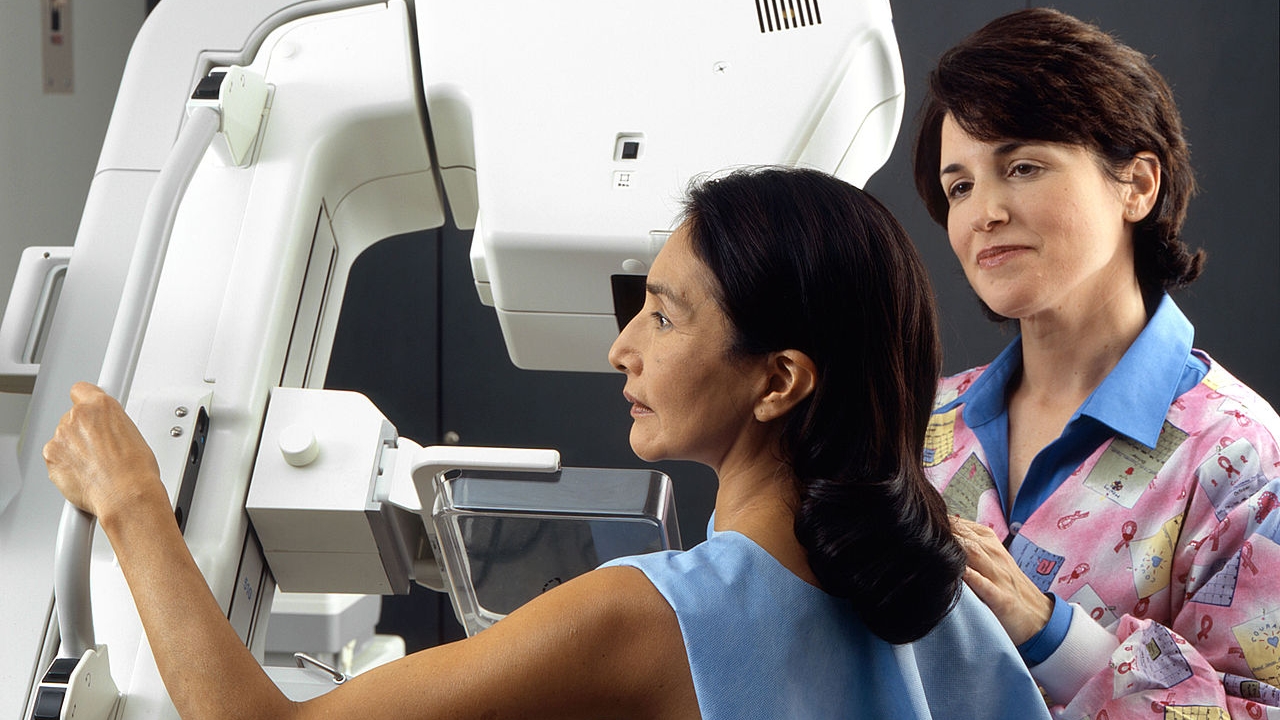
How can we rid biases from facial recognition?
Originally posted on The Horizons Tracker.
As Daniel Kahneman explains in Thinking Fast and Slow, we often make snap judgments when we first meet people, with these judgments driven in large part by the various biases and heuristics that allow us to shortcut our decision-making.
This would perhaps be acceptable if these judgments are reliable, but despite our confidence in them, they often are not. This matters, as we often use these snap judgments in a whole host of ways, whether it’s deciding who to hire, who to vote for, or even the sentences given to defendants.
Facial biases
Recent research1 from Dartmouth College explores how facial biases affect our primary judgments. The authors argue that just as the colors in a painting can be derived from the three primary colors, so our brains blend primary judgments to help us create perceptions about an individual.
The study reveals that we tend to make four primary judgments when we first encounter someone. These assess whether they’re competent or not, warm or not, young or old, and feminine or masculine. All of the various judgments we make of others tend to derive from these four primary assessments.
“These four primary judgments underlie the biases we hold when forming a wide range of impressions of others based on faces, which could be targeted efficiently for anti-bias interventions,” the authors explain.
Understanding the limitations
The researchers accept, however, that their study is limited by the relatively homogenous databases of faces to analyze, with most such databases consisting of white faces with neutral expressions.
“Most of the databases for these types of studies were constructed years ago, and even decades ago,” they say. “There typically are photos of people readily available to the investigators, but the photos certainly do not represent the world’s population.”
By limiting the database to white faces with neutral expressions, however, the researchers were able to limit the influence of factors such as race.
Training AI
The team conducted a second study2 to explore whether AI can be trained to better predict how people might react to different faces. The results show that such an approach can be effective, but it can also come up with very wrong guesses.
“A round face might look baby-faced and kind, but also corrupt, depending on the details. Because the features in faces are so closely related to one another, you can get many kinds of misjudgments from these algorithms,” the researchers say. “There is a worrisome potential for misuse of these AI methods.”
There have been ongoing concerns and conversations about the considerable potential for facial recognition technologies to introduce intolerable biases. While these studies don’t provide an answer, they do nonetheless remind us of the continuing need to improve things.
“There is potential for misuse of these technologies, so it is important to research how robots and AI systems can be effectively adapted across cultural contexts for assistive applications,” the authors conclude.
Article source: How Can We Rid Biases From Facial Recognition?
Header image source: Gerd Altmann on Pixabay, Public Domain.
References:
- Lin, C., Keles, U., & Adolphs, R. (2021). Four dimensions characterize attributions from faces using a representative set of English trait words. Nature communications, 12(1), 1-15. ↩
- Keles, U., Lin, C., & Adolphs, R. (2021). A cautionary note on predicting social judgments from faces with deep neural networks. Affective Science, 2(4), 438-454. ↩






